This 1959 Mercedes-Benz U411 Unimog Is a Farmer’s Dream Machine
The go-anywhere Unimog is an odd truck with an odd name, but it’s much more than an automotive oddity. The German-built utility vehicle, designed shortly after World War II as a self-propelled agricultural machine, is part truck and part tractor. And more than 75 years after the first model rolled out, it’s still going strong—and evolving.
The Unimog (pronounced YOU-nuh-mog) gets its name from the motivating force behind its design; it’s an acronym for the German word “UNIversal-MOtorGerät,” or universal motor carrier. Developed as a highly adaptable vehicle that could serve all the needs of a farmer—including, most notably, possessing the ability to flawlessly transition from field to the road—the demand for the vehicle increased along with its uses. Boehringer began production in 1947 and built the Unimog for four years before Mercedes-Benz took over in 1951 and continues to build them to this day.
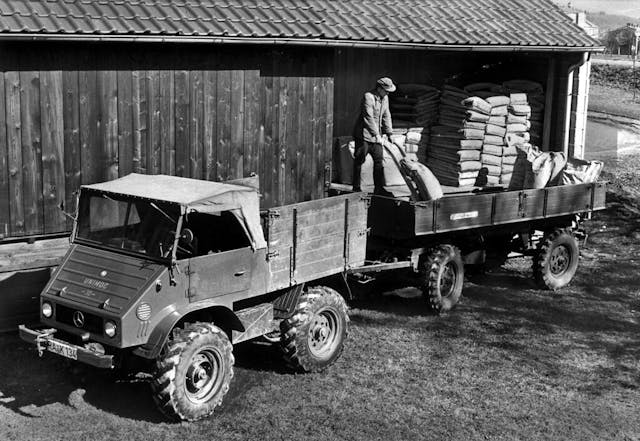
According to the 2016 book Der Unimog: Arbeitstier und Kultmobil [in English, The Unimog: Workhorse and Cult Vehicle], the Unimog was designed with rear-wheel drive and switchable front-wheel drive, along with equal-size wheels, in order to be driven on roads at higher speeds than standard farm tractors. With high ground clearance and a flexible frame (which is essentially part of the suspension), Unimogs are not designed to carry as much load as regular trucks, but buyers have been sweet on classic and modern versions of the rig for years.
That brings us to this fully restored 1959 Mercedes-Benz U411 Unimog, which is listed at Broad Arrow Auctions’ sale at The Amelia, taking place on March 1–2.
A copy of the original Data Card shows that this particular U411 completed production in Gaggenau, Germany, on April 9, 1959 and was designated for export to the United States. The truck is powered by a correct 1.7-liter OM636 inline four-cylinder diesel engine, mated to a six-speed manual transmission, featuring standard synchronized gears. The original, numbers-matching block is also included.
It is believed that this Unimog (chassis 411.110.9500596) and one other were initially sold to equipment dealer A. Fassnacht & Sons of Chattanooga, Tennessee.
The seller purchased the truck, which had already received a mechanical rehab, in Georgia in 2012, and immediately began a complete cosmetic restoration. The vehicle received bodywork and rust repair from Chris Radbill Automotive of West Chester, Pennsylvania, and was given a new grille, doors, cab floors, front and rear fenders, front wheel arches, cab sides, and battery box. The frame, axles, and transmission had been painted black prior to professional painting of the wheels (red) and body (DB 6286 Unimog Green). New oak boards in the bed (painted on the outside, with natural stain on the inside) offer an attractive contrast. Similar contrasting colors were used in the interior, with the seats reupholstered in black vinyl and the surfaces finished in matching Unimog Green.
In addition, the vehicle received a new folding canvas roof, and numerous factory labels were reapplied in yellow to indicate towing capacity on and off-road, as well as the operation of each lever just to the right over the driver. The Unimog also received a new wiring harness, headlights, taillights, clutch, starter, oil bath air cleaner, and door windows, while the front portal axles were rebuilt with new seals and bearings. The truck is outfitted with the optional wide 18×10-inch wheels, which wear 10.5-18 BKT tires.
The odometer shows only 462 kilometers (287 miles), all since completion of the restoration. Actual mileage is unknown.

When outfitted with a camper for overlanding, Unimogs can easily climb into the six-figure range; without them, they go for much less. This 1959 Mercedes-Benz U411 Unimog is being offered at no reserve and has a pre-auction estimate of $50,000–$60,000, a number that reflects a first-generation truck in freshly restored condition. However, if two eager collectors at The Amelia are both looking to fill a hole in their Mercedes-Benz collections, it could go higher.
***
Check out the Hagerty Media homepage so you don’t miss a single story, or better yet, bookmark it. To get our best stories delivered right to your inbox, subscribe to our newsletters.

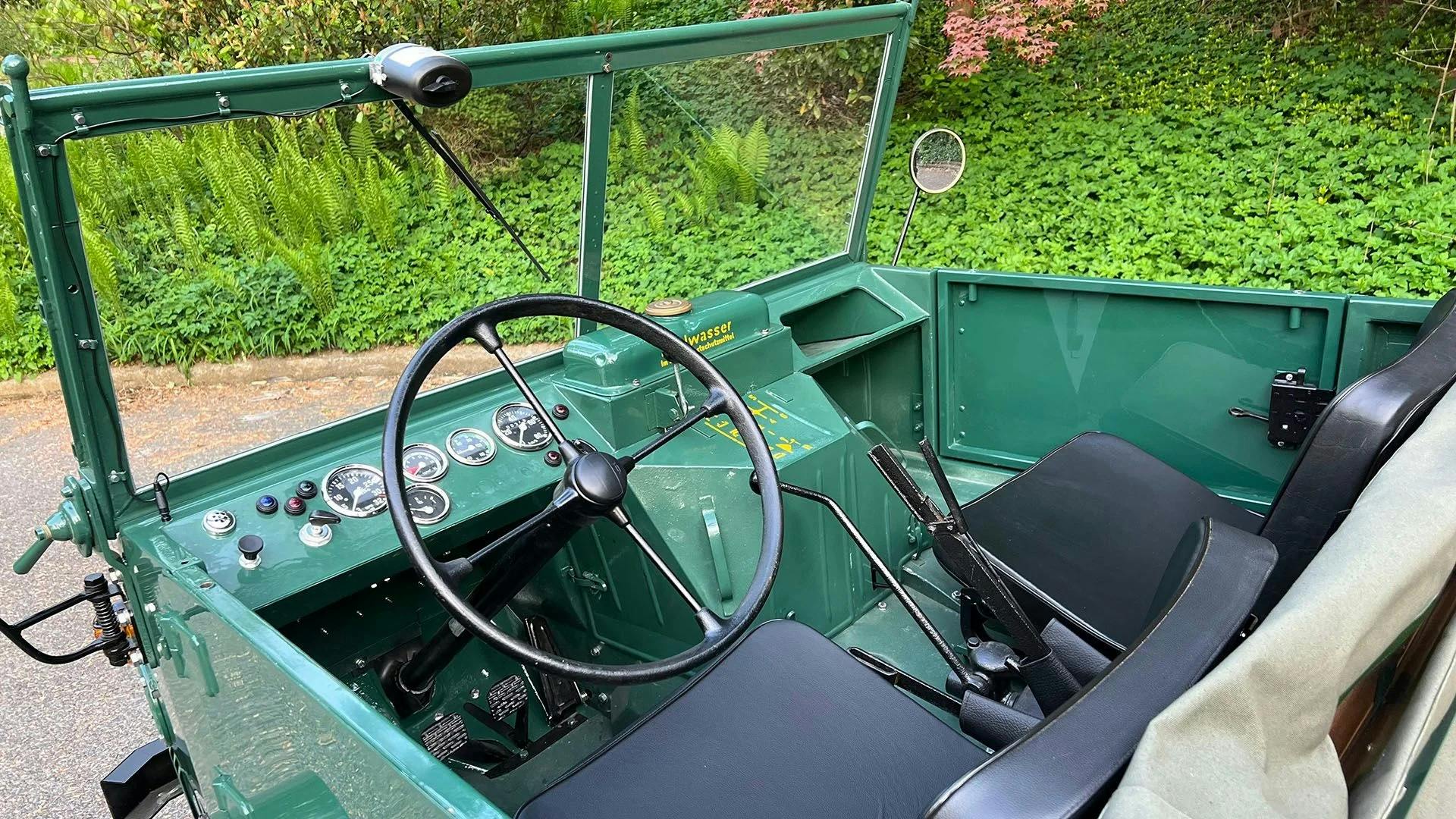
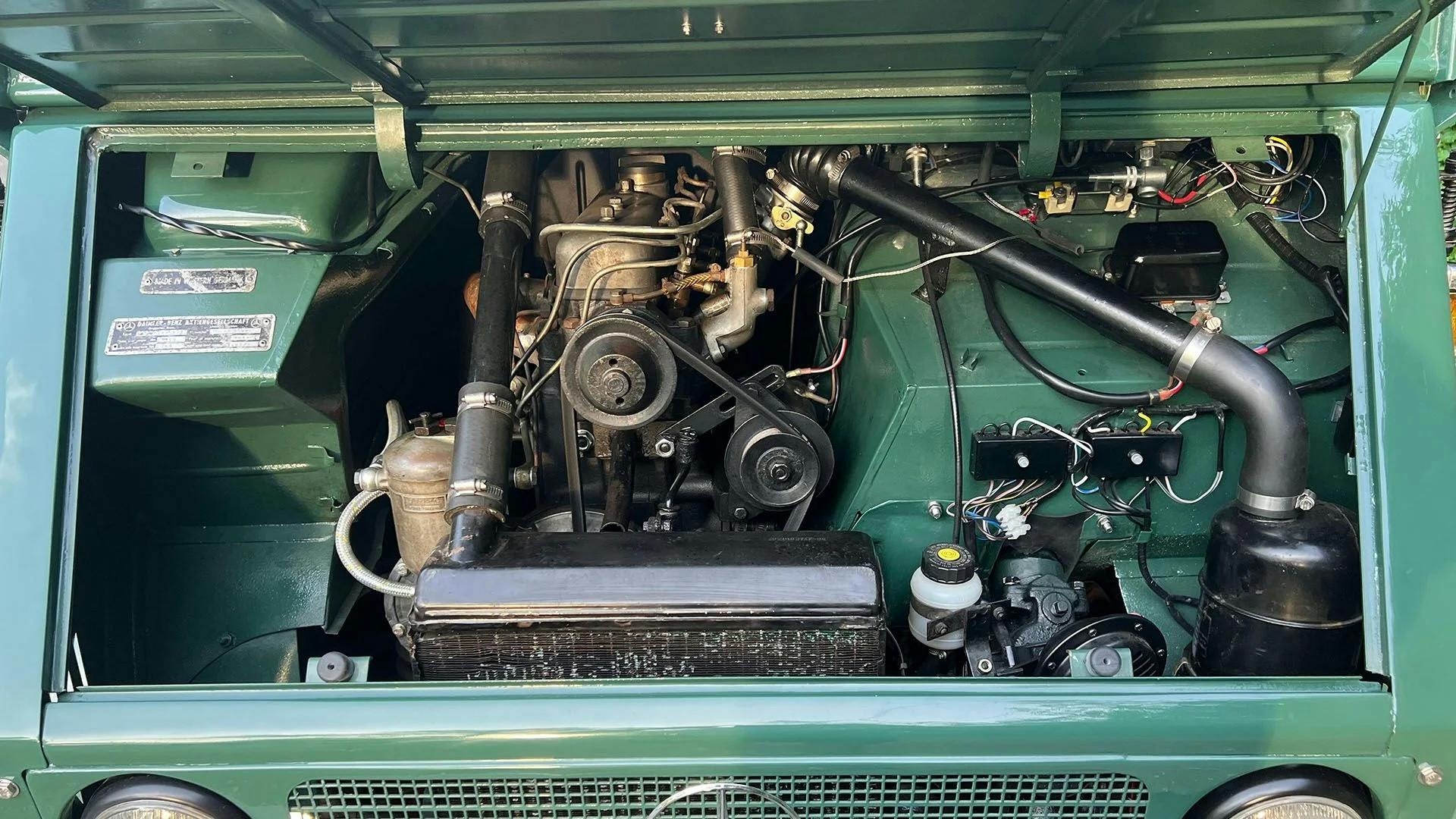
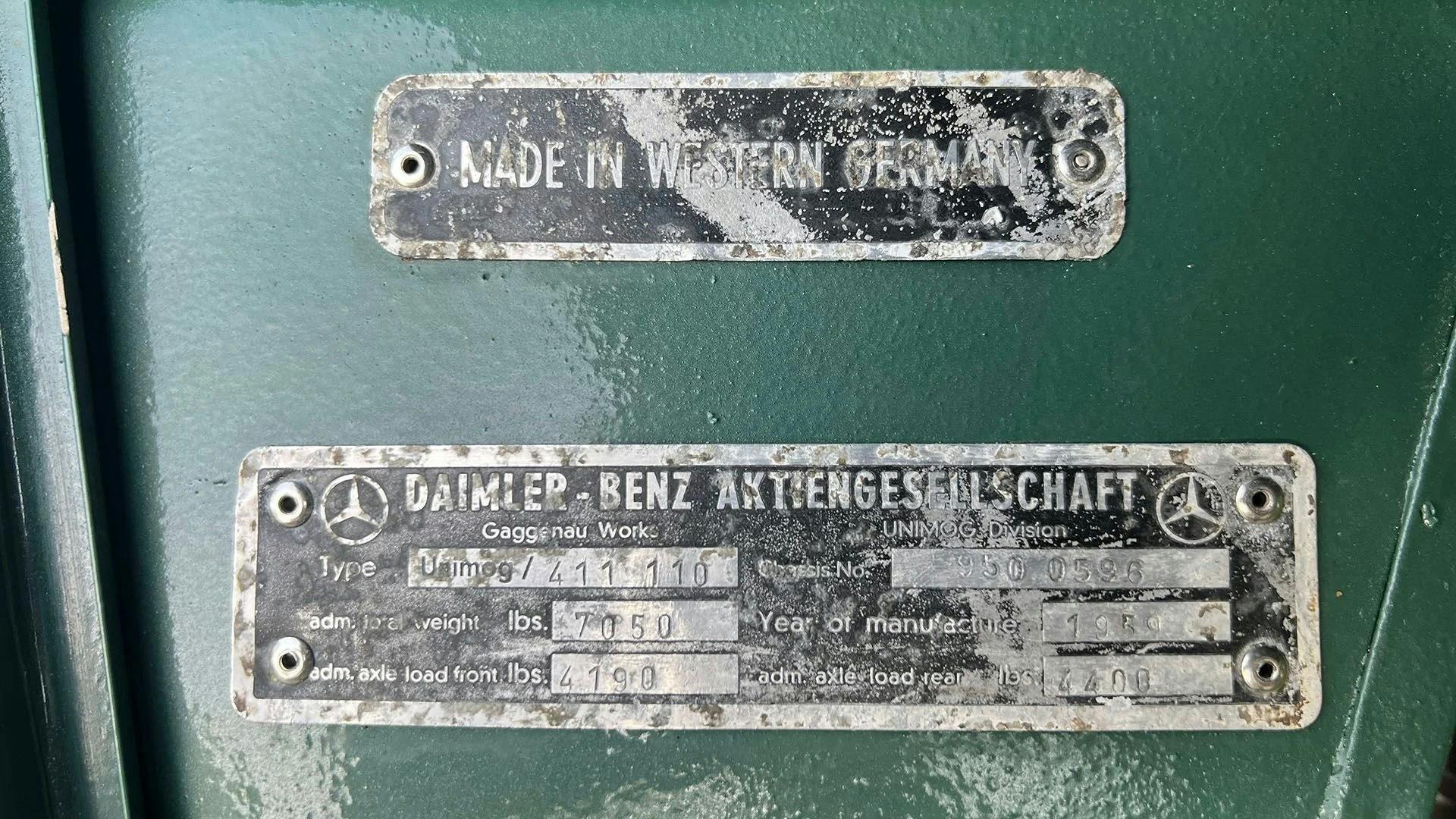
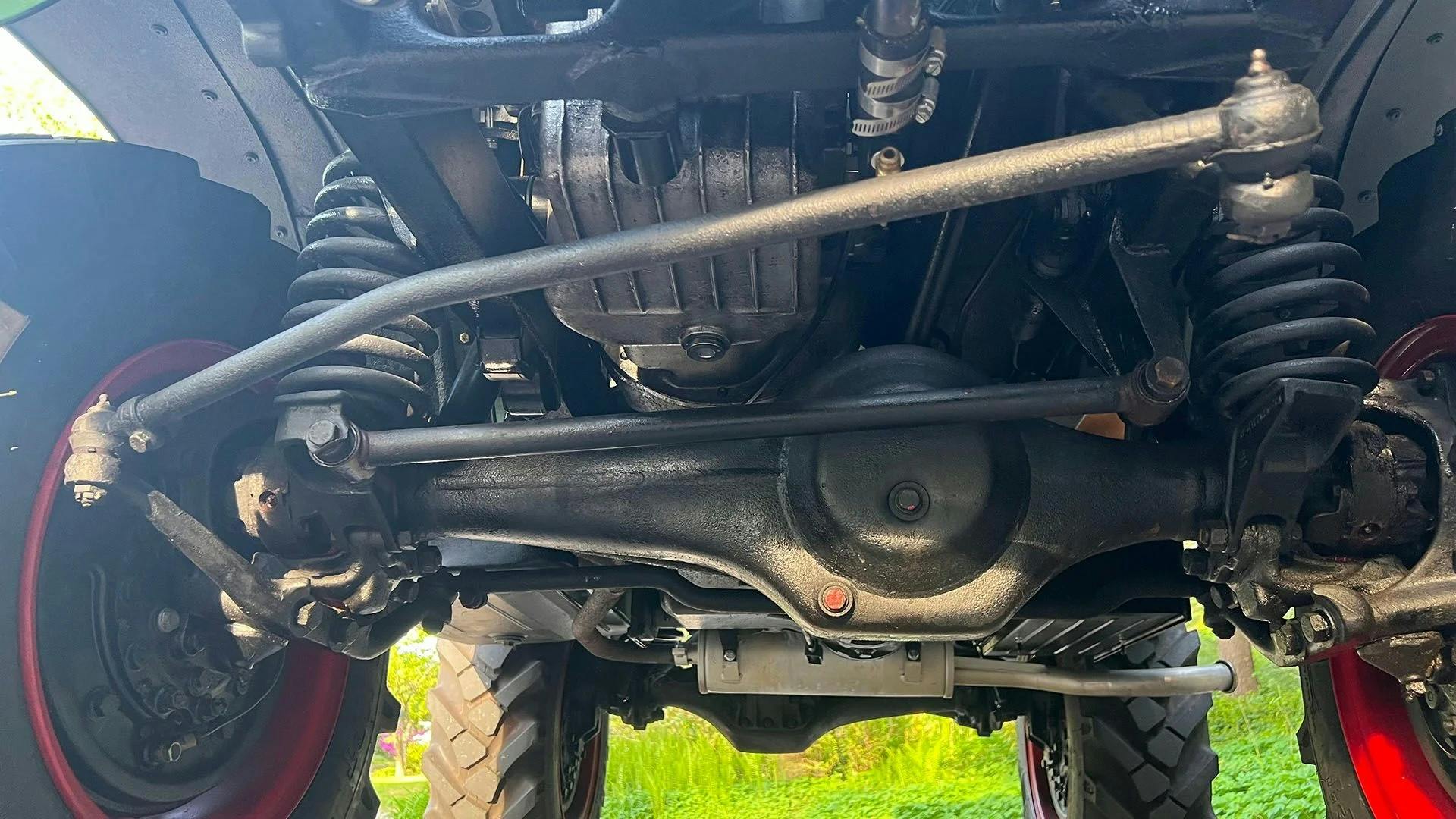
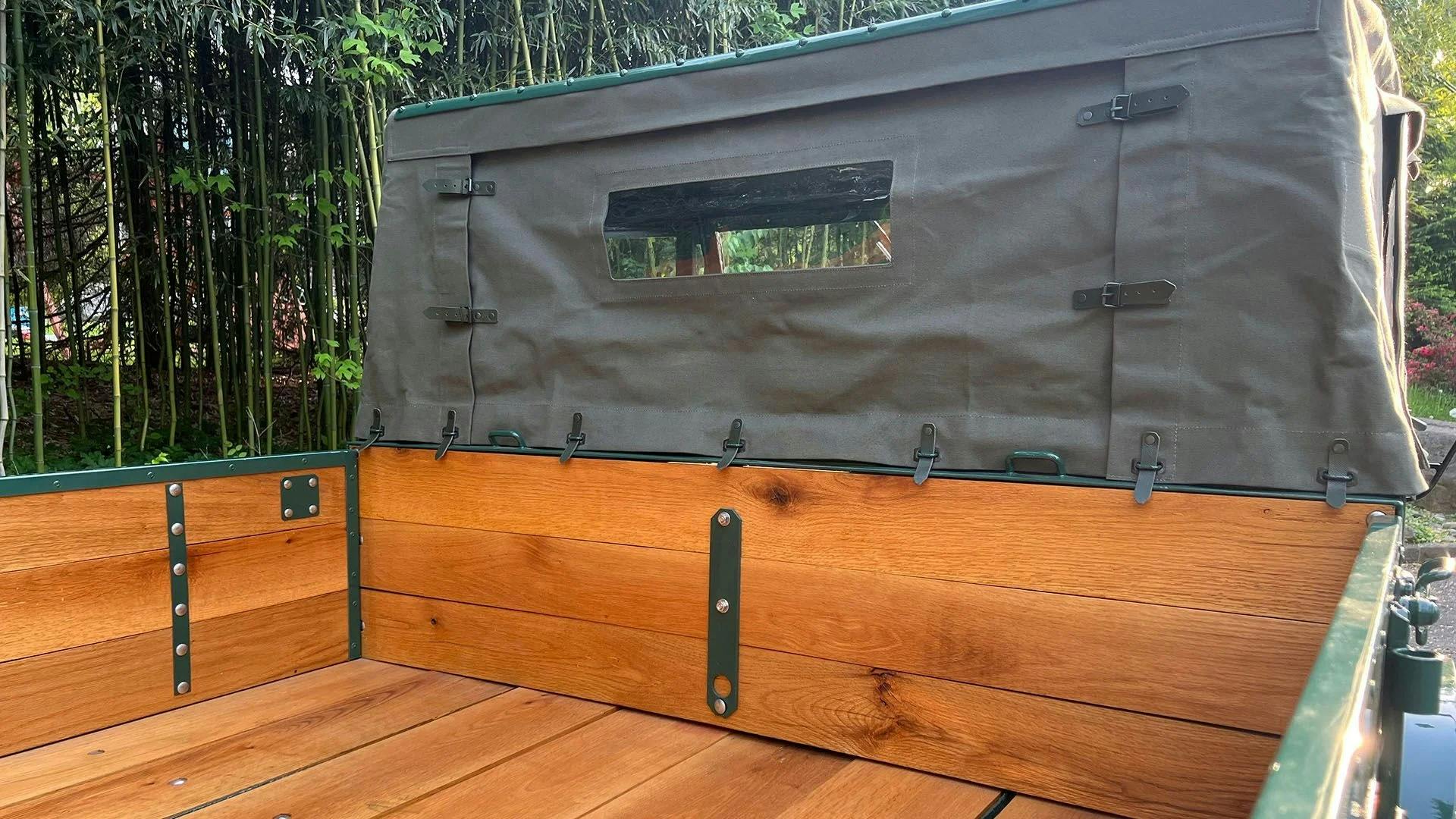
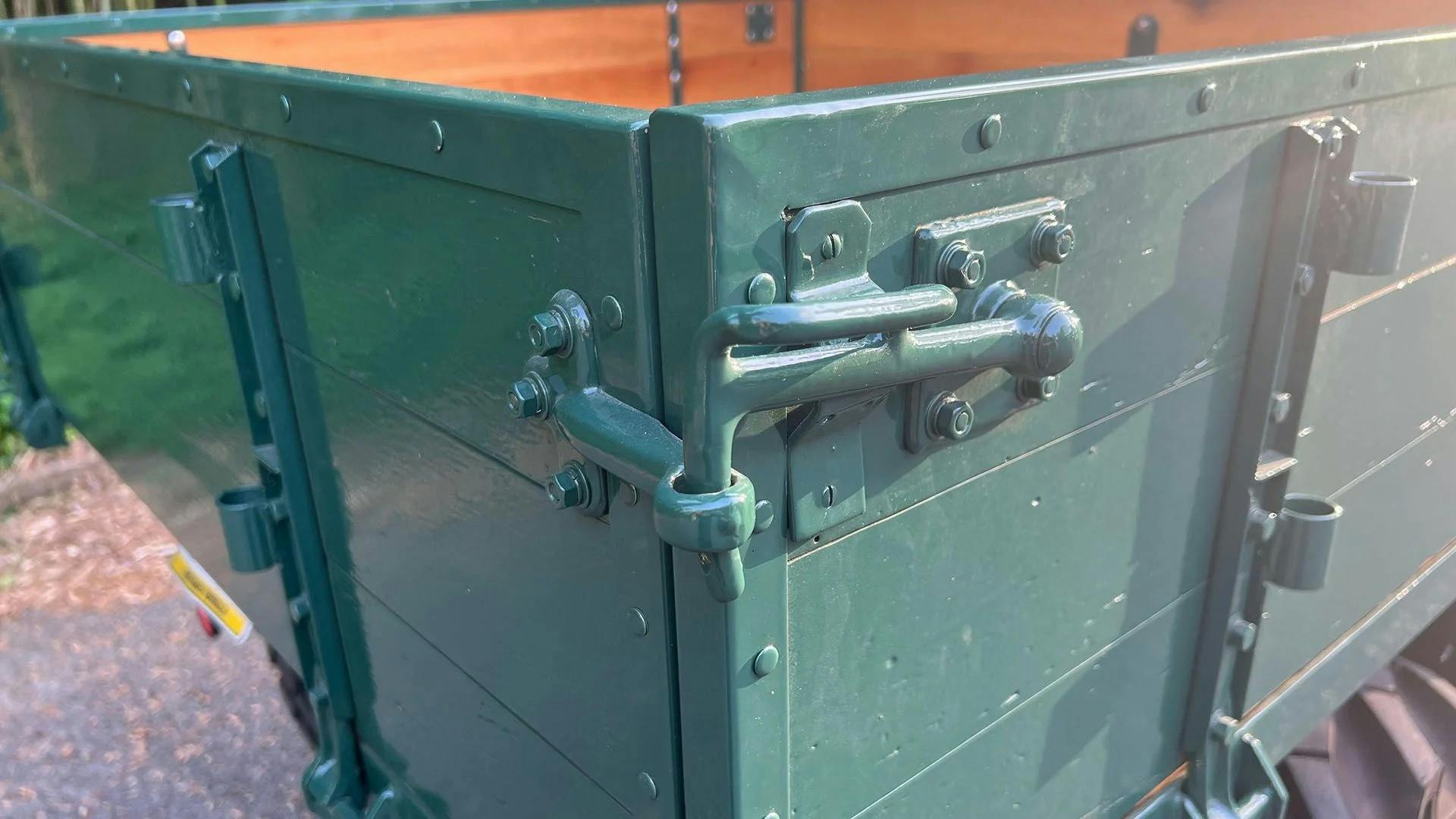
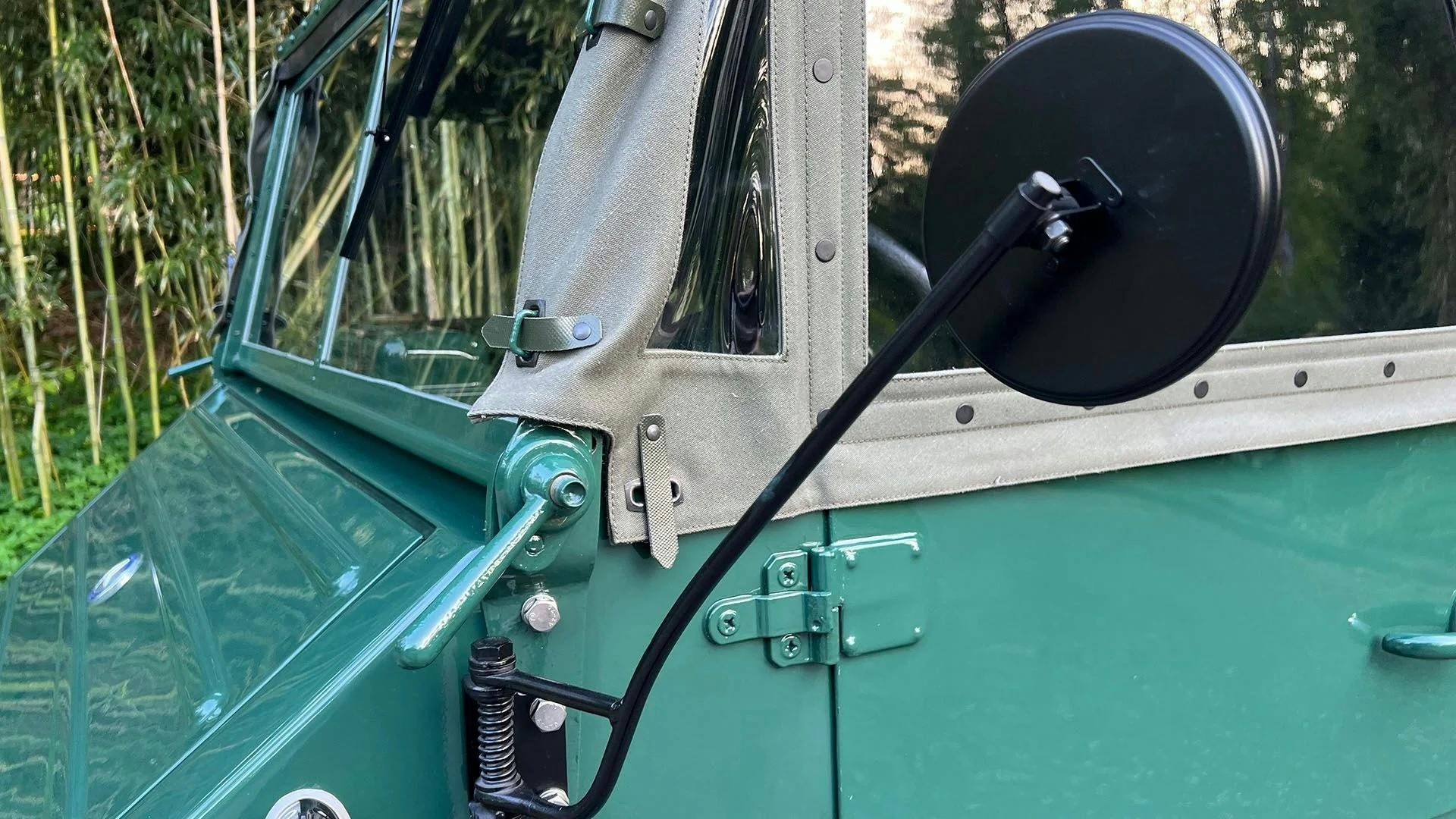


Those Unimog , called Unimog one ton in the Swiss Army was by far the worst vehicle I had to drive in the Army: Imagine: six guys on the back alongside many huge rolls of telephone cables and a small trailer. We had to crawl day and night through the Swiss mountains building telephone lines everywhere.
You could not double clutch up the hill, the vehicle would stand before you could kick in a gear in. So I had to torture the transmission by forcing the gear in. Fully loaded we were quite above 2 metric tons. Considereing the engine had 27 hp when new in 1949 it was an epic crawling event. I have no Idea how many horses the enine had left when I drove this nightmare of a vehicle in 1981. The vehicle had the Mercedes star in front, in spite being built in 1949. Many other “Gummiböcke” meaning rubber rams in English did not have the Mercedes Star. Once The left rear brake drum blocked the wheel. Some bolt had loosened and the drum was sitting very crooked. The mechanics fixed the brakes in emergency way in a field. They ran to the mobile kitchen, took some salad oil to replace the lost brake fluid.
There was only two good things: You could use the glowing cowl as a cigarette lighter and you could drive through extremely narrow paths. I bet the vehicle was quite less than 4 feet wide.
So I would not like this thing as a collector vehicle. It onyl brings back very bad memories.
I was very happy when I could go back to drive my big Swiss truck of the early Fifties without side windows and without power steering.
“I bet the vehicle was quite less than 4 feet wide.’
I’ll bet you everything you have
Very interesting to see this example. Hope it finds a good home.
Friend of mine had a ’60’s 406, had extra crawler reduction case IIRC 4000:1.
At idle it’d do about 13 to 15 feet an hour- trying it out I looked down on the ground and an ant caught up to and passed me…
A friend of mine has another friend who had one and my friend had told him to give him the first shot if he ever wanted to sell it. Apparently a few month ago the decision was time for it to have a new owner. So my friend got a call, mulled it over for a day and they agreed to a price. Unfortunately it is over 1000mi away. The last I heard the money was sent and he was looking for a shipper. So I good chance I’ll get to drive it.
Brings back happy memories – riding on the back of the Unimpg to school in winter or watch it work the steep slopes wishing timber !
Is that contraption on the front hub a step for the driver?
My first UniMog experience was as a kid at my grandmothers home on the lake. During the winter, a red-pine tree on the shore had uprooted and fallen into the lake, to be frozen over and sit all winter. I recall the tree being near 50 or 60′ tall and between 2-3 feet in diameter. Come spring, grandma hired a guy to get the tree out. He showed up with a UniMog, wrapped a cable around the tree, an pulled the whole waterlogged thing out of the water like it was nothing. I never imagined seeing something so relatively small having such amazing pulling force.